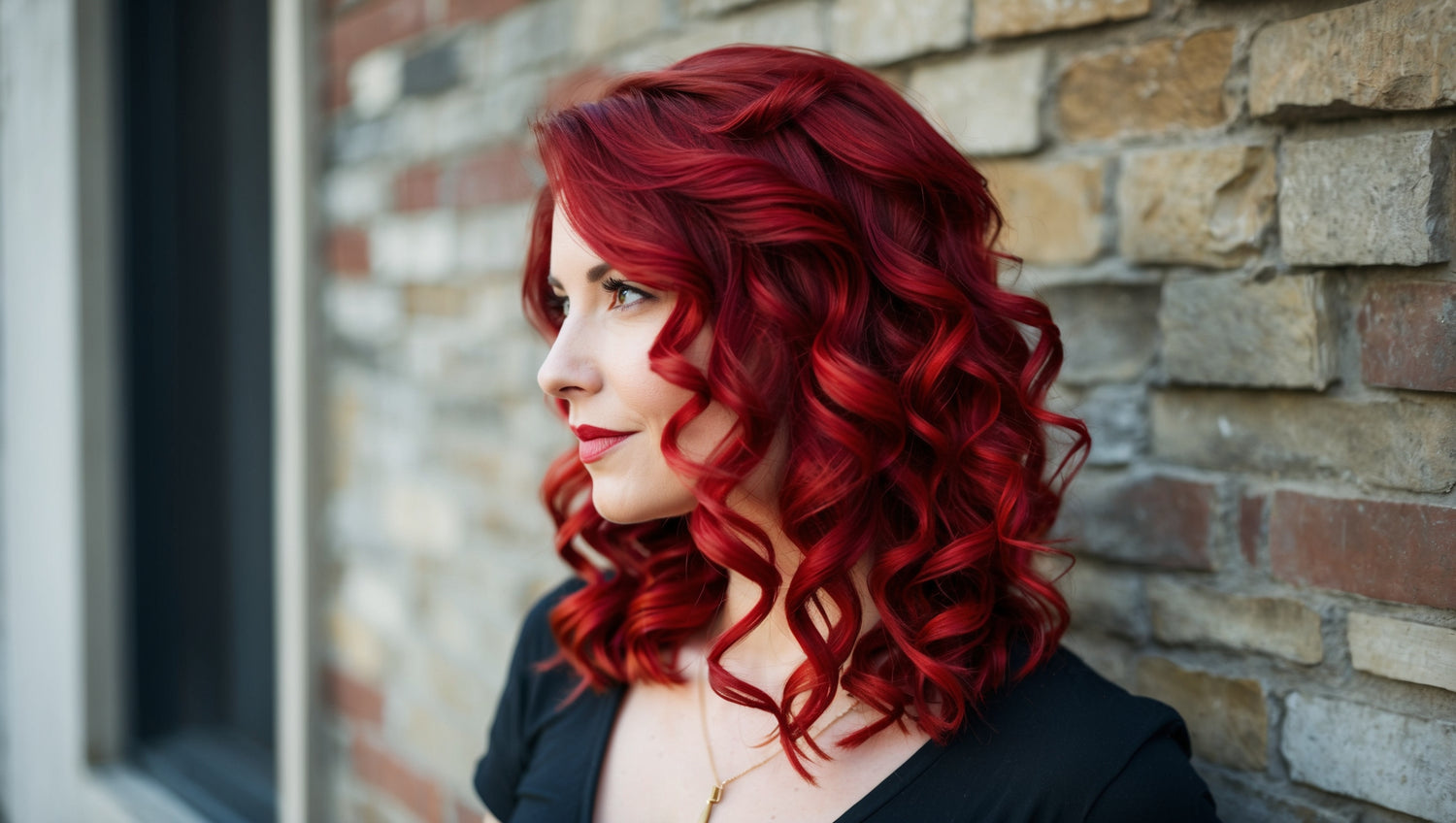Hair grows almost everywhere on everyone's body. However, head hair has a special significance. Many people consider well-groomed, long hair to be a symbol of beauty. Here you can find out why your head hair grows much longer than the rest of your body hair, what purpose it used to serve and how you can best care for it.
WHY DO PEOPLE HAVE HAIR?
Well-groomed hair is considered a sign of beauty. In many cultures, hair and hairstyles are very important. In the past, hair was often essential for survival. Not only body hair, but also head hair fulfilled an important function in earlier times. It was not only a natural adornment, but also a form of protection. While eyelashes protect against foreign bodies, head hair served as protection against the sun or cold.
The hair on your head keeps direct sunlight away from your head in the summer and the cold wind away in the winter. While human body hair has receded due to the use of clothing, head hair still grows very long and thick. As a natural adornment, head hair still serves an important purpose today, so it needs a lot of care. What hair looks like and what its maximum possible length is is genetically determined and different for each person.
WHAT IS HAIR MADE OF?
Hair, like fingernails, is mostly made up of keratin. Its structure consists of the hair shaft, the visible part of the hair, and the hair root. The hair root reaches into the subcutaneous tissue and ends in the hair bulb. New cells and keratin fibers are constantly produced there during the growth phase. These cells stick together to form a strand, die and become keratinized. This is how they form the hair shaft, the visible part of the hair, which slowly pushes out of the skin. During the growth phase, the hair pushes further and further out of the skin until it finally falls out.

Hair color is influenced by the amount of melanin in the keratinized cells of the hair shaft. The position of the hair root in the skin also influences the structure of the hair. Since hair does not contain nerves, cutting off the keratinized strands is not noticeable. Hair loss after the growth phase is also usually not noticed.
HOW LONG DOES HAIR GROW?
For many people, it seems as if their hair grows without end. However, this impression is deceptive. For most people, hair grows about one centimeter a month for two to six years. After that, the hair slowly falls out before starting to grow again. How long hair grows depends on genetics. For some people, hair even grows for longer than six years, so it can be several meters long.
The growth cycle of head hair is made up of several phases. The growth phase lasts much longer than that of the rest of the body hair. The growth phase is followed by the resting phase. During this time, the hair roots slowly detach before the hair finally falls out. This process can take several weeks to months. On average, every healthy person loses around 100 hairs a day. However, since other hairs grow back during this time, the hair that falls out is not noticeable.
HOW MUCH HAIR DOES A PERSON HAVE ON HIS HEAD?
The number of hairs a person has can be roughly determined by their hair color. Blonde people usually have fine hair, but a lot of it. A light-haired head usually has around 150,000 hairs. Red-haired people, on the other hand, usually have around 90,000 thicker strands of hair. Brown- and black-haired people have around 100,000 strands of hair.
In most people, the productivity of hair roots decreases with age. The result is not only increased hair loss, but also thinner hair. The graying of hair in old age is due to the reduced melanin content in the keratinized cells of the hair strands.
WHAT CARE DOES HAIR NEED?
The health of hair depends on various factors. The body's hormone balance plays an important role in hair production. Increased production of estrogen, prolactin and progesterone are responsible for hair becoming fuller and thicker during pregnancy. Stress or an unbalanced diet, on the other hand, can have a negative effect on hair production. An adequate supply of vitamins and nutrients is important for healthy hair growth. For thick and healthy hair, your body needs an adequate supply of all important minerals, vitamins and other nutrients.
High-quality care products also supply the hair with natural ingredients such as vitamins, minerals and other nutrients. These include biotin and keratin. These valuable ingredients are particularly important for fine, dry or damaged hair. After treatment with colors, especially after bleaching, a Colocare set can repair the damaged hair layers. A wellness mask supplies dry hair with moisture and vitamins so that it is not prone to breakage. With the right care, straight, curly and even colored hair shines with a fresh and healthy shine.





